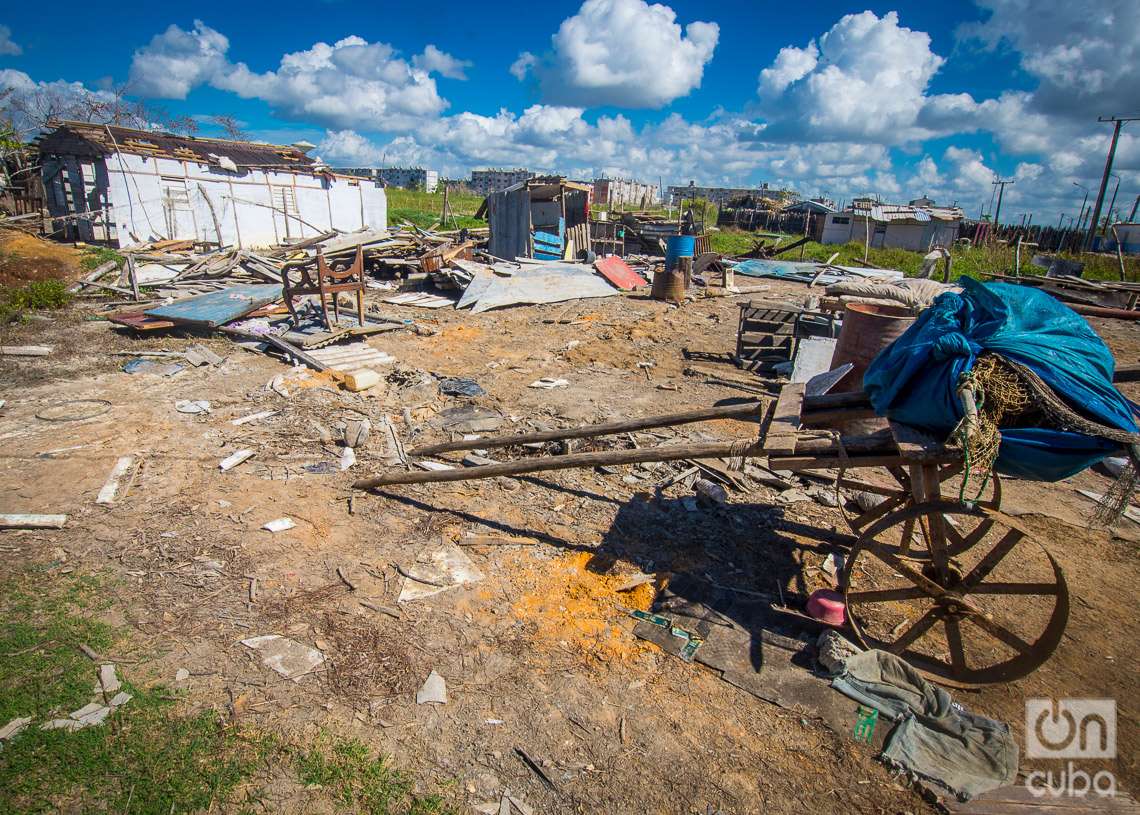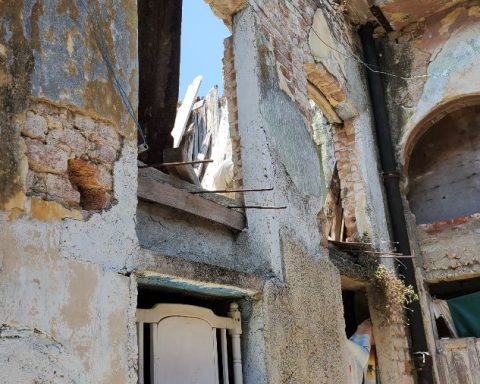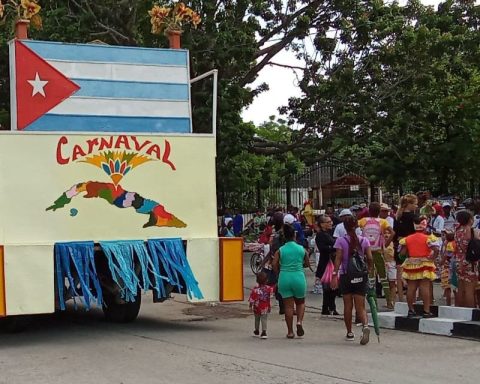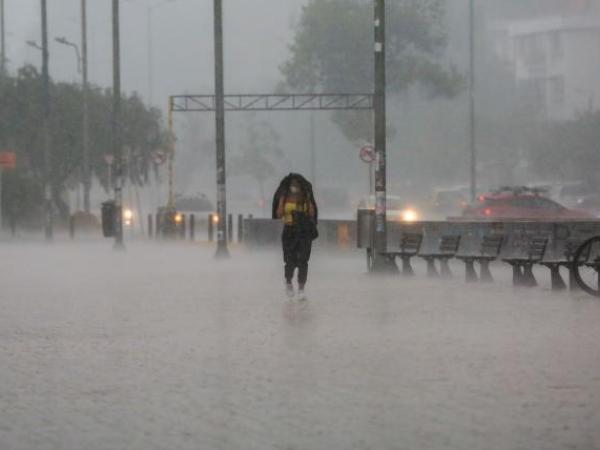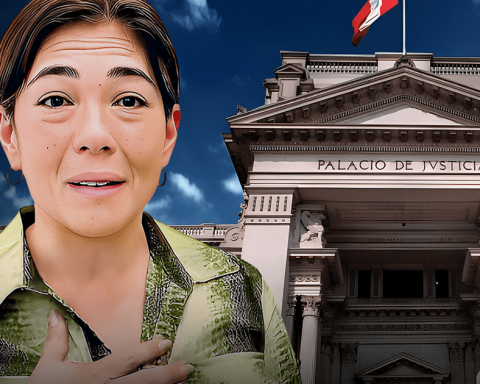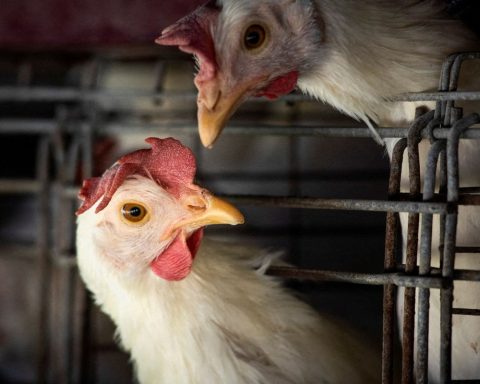Specialists from the Forecast Center of the Cuban Institute of Meteorology (Insmet) consider that the chances of the Island being affected by a hurricane before next November 30, the date on which the current cyclone season.
“The cyclonic activity in the Atlantic Ocean and its effects on Cuba decrease considerably compared to September and October. Usually in November rainfall decrease with respect to the two months that preceded it”, affirm the Cuban specialists, quoted in a report from the agency Latin Press (PL).
In November, the transition from the rainy to the dry period occurs, and the patterns of atmospheric circulation change, characterized by a greater interaction between the processes and systems of the tropical zone and those of extratropical latitudes, adds the information.
They forecast an intense hurricane season, the seventh in a row
Experts also base their predictions in which the influence of the Atlantic anticyclone continues to decrease with respect to previous months “which, together with the passage of the first frontal systems, favors the occurrence of changes in weather conditions with a certain frequency,” the medium specifies.
According to the Insmet Forecast Center, currently the oceanic and atmospheric indicators of the La Niña-Southern Oscillation event are consistent with the presence of said event, and the models predict that it will reach its greatest intensity at the end of this year and begin its weakening. at the beginning of the next.
The scientific center adds that positive (warm) anomalies of the temperature sea surface.
In the current hurricane season, Cuba suffered the onslaught of the powerful Hurricane Ianwhich crossed the western part of the island and mainly affected the province of Pinar del Río, but also the neighboring territories of Artemisa, Mayabeque and Havana.
The winds of this atmospheric phenomenon caused numerous agriculture damage, to crops such as bananas and tobacco, as well as in the electrical and communications infrastructure. In addition, it left a balance of three deaths, although two other people, electrical workers, died from accidents that occurred in the recovery phase.
After leaving Cuban territory, Ian gained strength until it reached category 4 with sustained winds of over 200 km/h, and made landfall again on the west coast of the Florida peninsula, in the United States, where it also caused heavy losses. material and lives.
